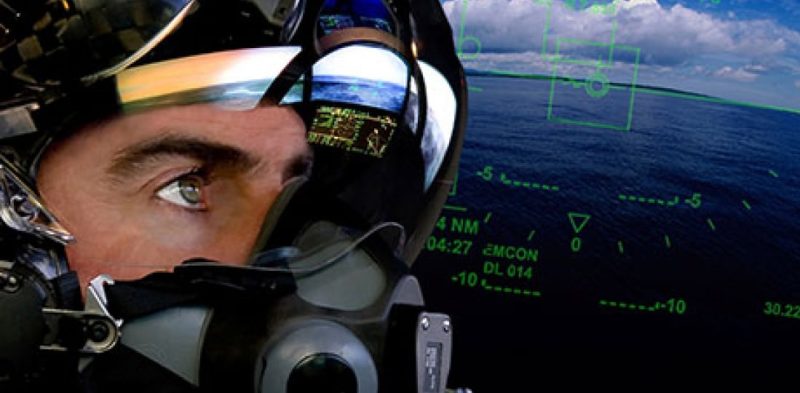The Federal Council has decided in favour of the F-35 fighter jet. Virtual reality is also a reality in the F-35.
Virtual expansion of the field of vision
If necessary, a pilot can have an augmented reality displayed. If she is flying in the dark, for example, the board computer compiles a 360-degree image from several night vision or thermal imaging cameras and projects it onto the inside of the helmet. This allows a pilot to fly on sight even in the dark. If he turns his head, he can even see what is happening behind or below him.
A pilot can additionally expand his perspective by networking with several jets and tapping into their cameras. This is possible thanks to the innovative radio network "Madl". Via this connection, a pilot receives further information from the radar sensors of the networked aircraft, which is then combined to form an overall picture. In this way, the "Madl" network multiplies the capabilities of a single jet.
Networking with NATO partners
An F-35 is also connected to the approximately 30-year-old "Mids Link 16" network. In contrast to "Madl", not only other fighter jet types are integrated, but also anti-aircraft weapons, tanks or radar ground stations. The network enables data exchange between different armies, for example in cross-border air police service.
The F-35's third link is called Odin, a network only for operational data that is regularly transmitted to the manufacturer as part of the logistics concept. If, for example, a generator is repeatedly defective, the spare parts store can be aligned accordingly or weaknesses in a component can be identified and repaired before it fails in flight.
This data exchange is not new. Even with older fighter jets, armies transmitted operational data to the manufacturers to optimise their aircraft - but not yet in digital form. In this way, maintenance and operations are to become more efficient.
Mixing real and virtual jets in training
The fourth network, which flies in the F-35 for training, should also save costs. Simulators have been standard for a long time, but now they can be connected directly to real aircraft: Two female pilots train in the simulator while two others are in the air. The pilots in the air then see an aircraft superimposed on their helmets that is actually controlled from the ground.
The virtualisation and digitalisation of fighter jets will go even further in the future. 6th generation aircraft are already in development. Artificial intelligence learns from a constant flow of data and will take even more decisions away from pilots in the future.
Source: SRF / uploadvr









